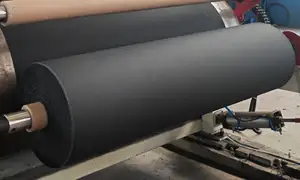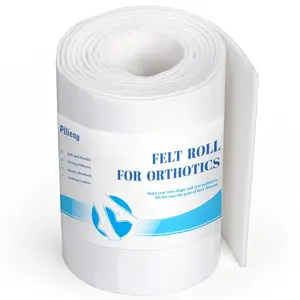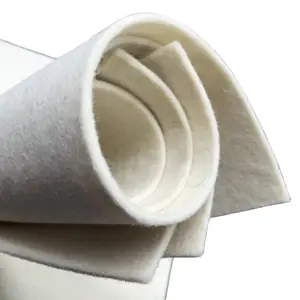Felted Wool Fabric: An Overview
Felted wool fabric is a versatile material with a rich history in textile production. This fabric is created through a process that mats wool fibers together, resulting in a non-woven fabric that is dense and durable. Felted wool is distinct from other woolen materials due to its unique manufacturing process, which involves heat, moisture, and pressure to entangle the fibers.
Types and Applications of Felted Wool
Felted wool comes in various forms, such as felting felt and wool felt cloth, each suitable for different applications. The adaptability of felt and wool makes it an excellent choice for crafting, from needle felting wool projects to creating sturdy wool fabric felt for apparel. In the realm of fashion, felted wool is often selected for its aesthetic appeal and comfort, making it a preferred material for designer suits and cozy sweaters. The crafting community frequently seeks out 100 felted wool for its superior felting qualities, especially in projects like quilting and home décor.
Features and Materials
The process of creating felted wool fabric can involve various types of wool, including merino and other blends. Feltable wool is appreciated for its malleability and ease of use in both machine and hand crafting. The fabric's structure allows for breathability, making it an ideal choice for clothing items that require both warmth and air circulation. Additionally, felting material like felted knit is sought after for its textural qualities and robustness, which contribute to the longevity of the products made from it.
Advantages of Felted Wool
The benefits of using felted wool are numerous. Its natural insulation properties make it a go-to material for warm garments and home textiles. The fabric's ability to resist moisture and retain heat is particularly valued in blanket making. Moreover, the ease of handling makes wool felt for needle felting a popular choice among hobbyists and professionals alike. The durability of felted wool also means that items made from it can withstand wear and tear, making it a practical choice for everyday use.
Choosing the Right Felted Wool
When selecting felted wool fabric, it's essential to consider the project at hand. For instance, needle wool is ideal for detailed needle felting work, while thicker, more robust felts are better suited for structural pieces. The texture, weight, and fiber content are critical factors that can influence the outcome of a felting project. Crafters may also opt for cotton felting blends for a different texture or to achieve specific results.
Conclusion
Felted wool fabric is a multifaceted material that caters to a wide range of creative and practical applications. Its natural characteristics and the variety of available types make it a staple in the textile industry. Whether for fashion, crafting, or home décor, felted wool offers a combination of durability, comfort, and versatility that is unmatched by other materials.






































 浙公网安备 33010002000092号
浙公网安备 33010002000092号 浙B2-20120091-4
浙B2-20120091-4